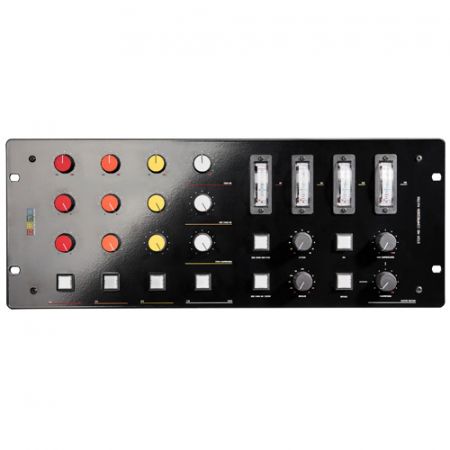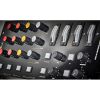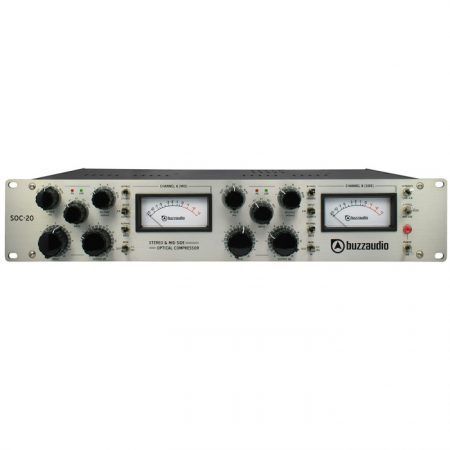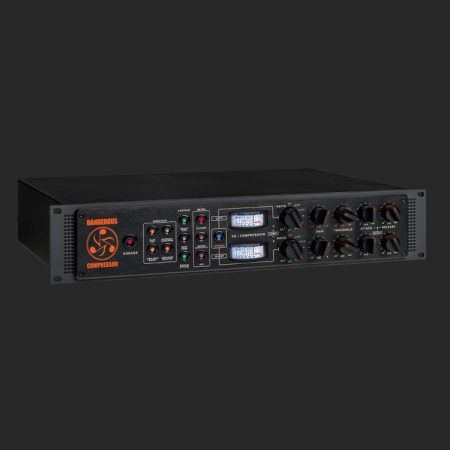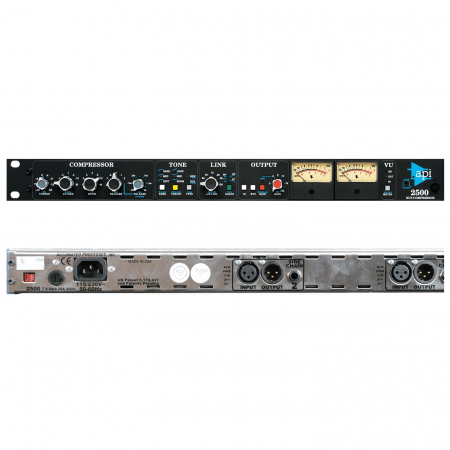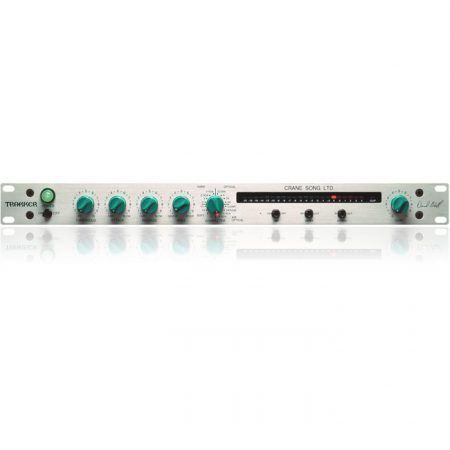Descripción
8 channel stem mix & compression matrix
Separate Side Chain Mix
Stem compression
Direct «solo» stem outputs, with global processing applied
Stereo mix output
The Circuit
The basic circuit consists of 8 channels, grouped into stereo, and a master compression engine that feeds back to
each channel/stem.
Each channel is split into a side chain mix, which sums into the compression side chain. The control voltage is routed
back through stem compression mixer, where you can adjust the amount of compression folding back to each stem.
In addition to that, there is a direct stem output, and a fully featured compression section.
The Philosophy
The aim was to create a flexible, channel-split mix-bus compressor for modern, hybrid and hardware mixing. With
the side chain mix and stem mix compression return, you can easily expand your possibilities in an integrated, hands
on manner.
In extreme examples, it can be used it as a drum sub mixer, with only the snare attacking the compression circuit, or
you can simply set all SC mix controls flat on all subgroups, summing to stereo.
The stem outputs on all channels are useful in terms of delivering stems for further processing or stem mastering.
The idea is, you can get 95% of the way rolling your hybrid set-up, and with the stems back itb, you can do minor
tweaks for mix polishing or mastering applications.
Stem outputs deliver the isolated tracks, with the master processing applied, as if the channel was still “part of the
whole” in terms of buss processing.
Stem Mix
This is your standard, signal path gain controls.
The channel gain controls gain section come into play when adjusting levels relative to the offset in balance brought
on by outboard processing, and also depends on how well the mix elements blend/mix during hybrid operation.
Range is +/-5dB
Side Chain Mix
The Side Chain mixer adjust the levels going into the engine room of the master compression section. In essense,
this lets you adjust what the compressor sees, and triggers off of.
You can do odd things, like bring up elements further than they are in the signal path to push harder, back off bass
elements to inject less low end, or just set them all flat, so everything goes into the side chain as per usual.
What really matters is, how the SC Mix makes your compression react, but in the master section, you’ll find a “SC
LISTEN” function, which routes the Side Chain Mix to the output for auditioning. (Please note the fidelity of the Side
Chain Mix is lower than the fidelity of the actual signal path, if you want to use it creatively for processing).
Stem Compression
On a standard compressor, your compression/threshold sets the amount of compression. This is no different, apart
from the fact, that you can send it “per channel”
To put it into context
● When you adjust the Side Chain Mix levels, you dial in the stereo mix the compression side chain sees.
● When you adjust the StemCompression, it determines how much compression folds back to each stereo pair.
There is a compression dial in the master section for global nudges, as well as global gain compensation.
Attack
The attack time of the dynamic processing.
Note that the fastest times are marked red on front, since these can cause distortion on some program material.
We left in those fast settings, even thought they can almost make the unit sound “broken” in some instances,
because the mentioned distortion is just as often extremely pleasing and helpful. It depends, and cutting it into
“safe” range would leave out something really special.
Release
The release time of the dynamic processing, featuring 3 auto settings, markedly different from each other.
1.5:1
Default ratio is around 2:1, and you can activate this function for a softer grab/smoother knee.

